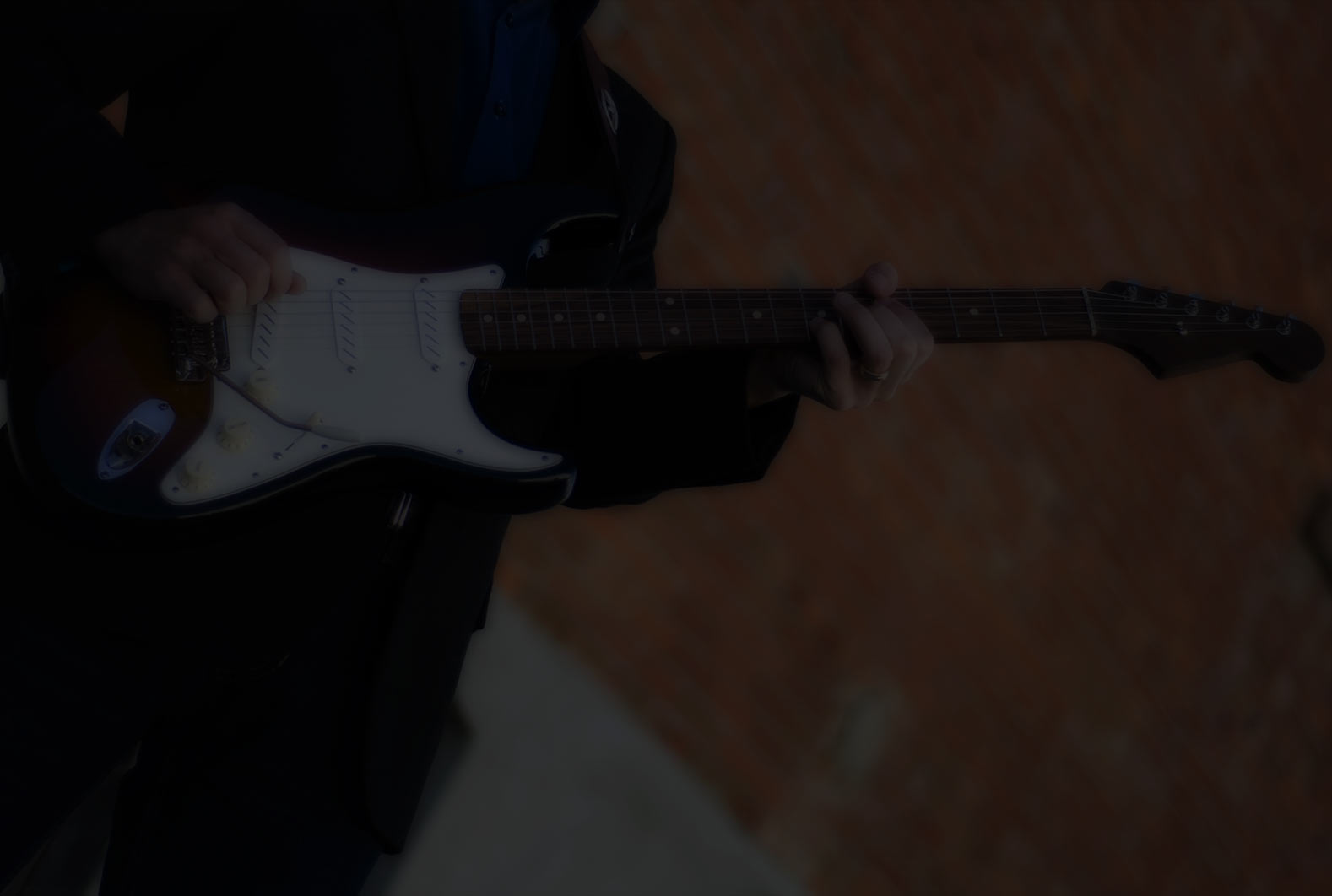Question from a member:
So does this make every (Texas!!) cowboy chord a triad? In other words..........most chords played on the first three frets such as E, G, A, D or C.
Yes, the cowboy chords are all triads. All you need to do in order to figure that out, is to look at the notes in the chord, and relate them to the scale of the chord.
For example, take a G "cowboy chord". The 1-3-5 from the G major scale are G-B-D. Now, look at the chord. First note is G. Second note (2nd fret, A string) is B. Where is the D note? It's on the open D string. Easy peasy!?
As the name implies, the word triad refers to "three", but not every set of 3 notes can be called a Triad. Let me explain.
- The first chord tone (root, or 1)
- The third chord tone (3rd)
- The fifth chord tone (5th)
Hi Robert,
I like the way you hammer away at the fundamentals of triads!
Here's an idea for a new video on this topic that goes even deeper! To the very core in fact ;-)!
You could call it "Where do chord tones come from".
Very simple: The 3rd and 5th chord tones of EVERY chord are the principal harmonics of the root tone! They belong together due to the physics of vibration.
Take the E major chord for example. The E major chord comprises E+G#+B because G# and B are, basically, the principal harmonics which naturally accompany a created E. Normally one doesn't hear these harmonics when one plays an E note because they are so much quieter. They can be revealed, however, by delicately muting the E string on the 9th (G#) and 7th (B) frets respectively. Muting on the 5th fret gives you an E harmonic. When we play an E major chord (and indeed any major chord) it's like we are using an equalizer to increase the volume of the accompanying harmonics....
What do you think? For me - a scientist by training - this realization was very "unifying". I like underlying unifying principles to help manage/simplify the seeming complexity of things (like music). I have never seen this explained in a youtube video and I think it would fit perfectly with your chord tone-focused/based approach.
Have a great day and looking forward to your feedback.
Chris von Graz
So........logically............if we can learn these mysterious triad chords up and down the ole fretboard...........and you may have stated this (in fact I'm pretty certain you have, Roberto!!) then we can branch out our soloing accessing the familiarity with all these triads (say I the key of A just for specific example) up and down the neck and center around the proper chord tones in those positions.............thereby getting even more 'dangerous' on the guitar???!!!
Jim C.
Interesting idea! I will need to study the logic behind this a bit more, but I hope to do a video about this. It is quite interesting.
Jim, yes knowing triads will make you very dangerous indeed!
Hi Robert,
Great! Here's something that could maybe help you put together a video:
The best way to demo this concept, in my opinion, is to use the A-shape E major chord. Here you can see the correspondence between the location of the harmonics and the chord tones really nicely because the chord and muting positions are adjacent to one another.
So, "mute" the lower E on the 5th fret to produce the E harmonic (i.e. just rest finger tip on string whilst plucking it and then remove it immediately), let it continue to sound and then play the E note on the A string 7th fret for comparison. The harmonic is an octave higher than the plucked E in this case (but the same pitch as the E on the G string 9th fret).
Next mute the E 7th fret to create a B harmonic and whilst this sounds play the B on the G string 9th fret. Compare.
Finally mute the E 9th fret, and whilst it sounds play the G# on the B string 9th fret. Compare.
I originally learnt this "muting" to create harmonics on a classical guitar for tuning. I find them easier to play on an E guitar though, especially on the lower 3 strings.
Hope this is helpful and looking forward to the video when you get around to it! I am sure you will be able to present it in a way that makes the message interesting to people and not just "dry theory"!
Cheers, Chris


